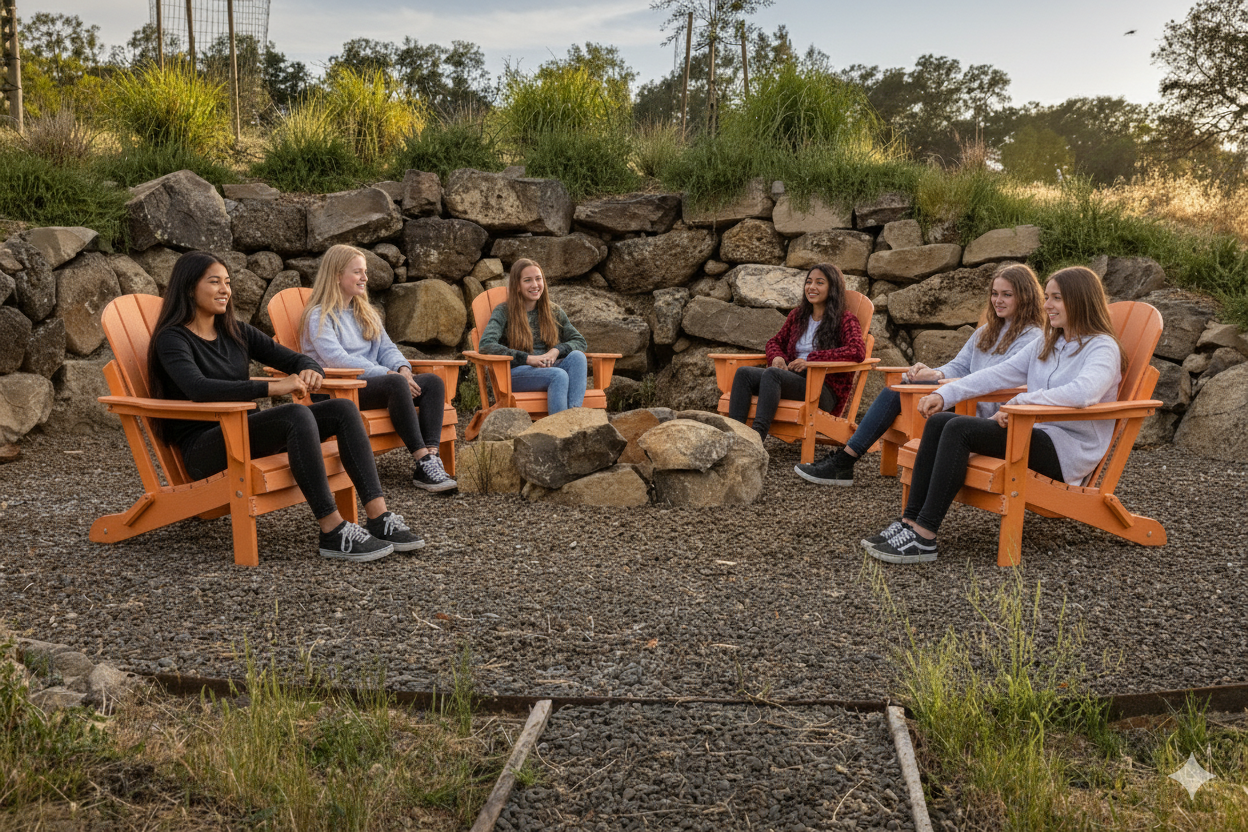According to an article produced by the National Institute on Alcohol Abuse and Alcoholism,
Almost 1.4 million adolescents met the criteria for a diagnosis of alcohol abuse or alcohol dependence in 2002, and of these young people, fewer than 230,000 got care for that problem.
It’s possible that some of these young people didn’t get help because they kept their abuse hidden from the people they love. It’s also possible, however, that the abuse continued because the adults weren’t sure how to tackle the addiction. They couldn’t think of the right words to say in order to bring up the topic of addiction, and so they didn’t say anything at all. That’s a shame, as there are a variety of very good interventions that could help teens and their parents to come to grips with a very dangerous addiction issue.
Finding the Right Fit
When people think about the word intervention in the context of an addiction, they often think about combative talks between an addicted person and his/her family. When discussions involving addiction are displayed in television shows and movies, the talks typically follow a rigid format in which the family demands changes and the person enters a rehab program. While conversations like this can be appropriate for some teens with addiction, as this article will discuss, a forceful talk isn’t the only way to handle an addiction issue. In fact, it might not even be the right approach for all teens with addictions.
In an article regarding substance use and abuse in teenagers, the Substance Abuse and Mental Health Services Administration urges providers to think of teen addictions on a spectrum of severity. Among the range of behaviors, the treatments needed might vary. Those with mild addiction symptoms, for example, might need only mild nudges in order to get back on track, while those who have entrenched problems of significant severity might need therapies that are more intense, and that last for a long period of time. The same might be said about the conversations parents should have regarding an addiction issue. Some might be intense and strict, but others might benefit from a less overwhelming approach.
Starting Slow
Parents who suspect drug abuse can open the door with a simple, one-on-one conversation.
The Partnership at DrugFree.org suggests that a conversation about addiction can allow parents to:
- Restate the house rules regarding addictive substances
- Provide proof of the substance abuse they’ve seen
- Share their concerns about addiction
- Set limits regarding future use
- Praise the child for the things that child has done well
Parents can hold these conversations at a time when the teen is sober, and they can try to develop a rapport as they discuss this delicate issue. It’s a difficult conversation, and it can be hard for both parents and teens to hold a discussion without becoming emotionally volatile and unpredictable, but teens who are just beginning to experiment may find that the conversation prompts them to curb their use before it becomes habitual and difficult to control. They just may need a reminder that their use isn’t healthy, and the quick talk might be all that’s needed to get them on track.
Some parents find that they learn a significant amount about their child’s drug use during an impromptu intervention like this.
Some teens use and abuse substances surreptitiously, but when they’re confronted, they’re willing to discuss the issue in great detail.
Some teens may admit that their use is intensive and it’s impossible for the teen to control the problem without outside help. The quick conversation can turn into a loving entry into a treatment program, and the teen might willingly go after talking with parents.
Other teens agree to discuss the issue with parents on an ongoing basis. Periodically, they outline their cravings for drugs, or they ask for help with specific friends who use drugs, and who might pressure the teen to do the same. The parents and the teen enter into a partnership and together, they work on the addiction issue. Some teens also need touch-up counseling, but for some teens, this talk and the subsequent talks parents have that reinforce the original lessons, may be the only interventions required.
Increasing Intensity
If a family holds an informal intervention with an addicted teen and that teen continues to use and abuse substances, a more intensive intervention might be required. There are a variety of ways in which families can hold this talk.
Some families choose to hire an interventionist, and they conduct a standardized talk in which the teen is asked to listen to several family members and friends, all of whom:
- Outline the addiction-related behavior they’ve seen
- Express love and support for the teen
- Discuss why they’d like the teen to change
- Explain how treatment might help
- Ask the teen to enter a formal treatment program
The interventionist is in charge of these discussions and ensures that the family stays on track and on topic, and when the talk is through, the teen is expected to enroll in therapy. Families might hold practice sessions in the days leading up to the intervention, and the talk may be difficult, but it can allow parents to really lay down the law regarding addiction and force their children to get needed help.
While these interventions can be helpful, there’s more than one way to address an addicted teen. Some interventions can help family members to heal, even if the addicted teen never goes into a treatment program at all. A CRAFT Intervention, for example, involves a significant amount of training, allowing families to learn more about how to structure the family in ways that make addictive behaviors less rewarding. They apply indirect pressure that results in sobriety, since the teen might feel left out or just neglected when the rest of the family insists on sobriety in order for the teen to participate in the fun activities they all enjoy. In a study in the Journal of Substance Abuse Treatment, 71 percent of parents got their children into addiction care through the help of a CRAFT Intervention, but even those families that aren’t successful might benefit, as they might learn how to move the focus of the family from the teen’s addiction to the beauties of sobriety. The whole tone of the family might change, even if the teen does not.
What Happens Next
No matter what route a family chooses for this important conversation, they should have a treatment facility chosen before they start to talk. In the midst of a laid-back discussion, parents might find that their children have deep-set addiction issues that just weren’t visible before. Similarly, in an intense conversation, children need to know that there’s someone willing to help, as soon as they agree to participate. Many addiction treatment facilities are willing to work with parents in advance of an intervention, allowing them to enroll their children from a distance so they can get care as soon as the talk is over.
At Muir Wood, we’re happy to work with parents planning an addiction intervention. We can outline how treatment plans typically work, and we can obtain insurance information and pertinent medical records, so all will be ready when your child agrees that help is needed. Please call us to get this process started, or download our enrollment packet. We outline how treatment works, and we provide a significant amount of information on the things you’ll need to do in order to prepare your child for healing.









